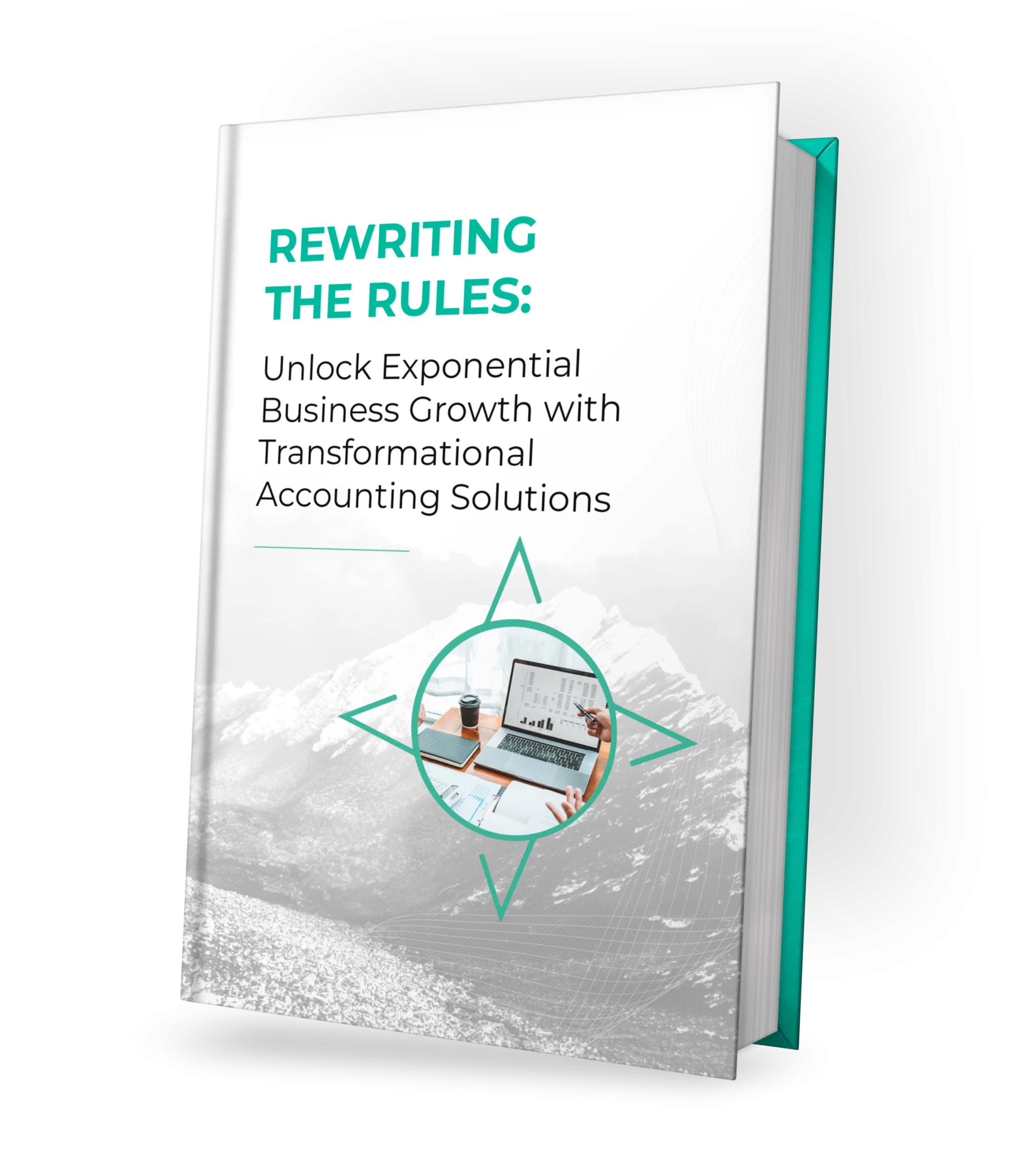Make a Superfund 529 Contribution to shelter from today’s inflation and downward-trending market as educational costs can put a significant financial strain on the average person. College tuition in particular has been climbing for decades, increasing steadily each year in a phenomenon known as “tuition inflation.” In fact, all for-profit postsecondary institutions increased tuition inflation 233.8% from 2010 to 2020. The average tuition increased 12.1%.
Add a mortgage payment, business-related expenses, and even the average gas bill on top of tuition, and financial stability can seem like a far-off dream. The good news? There’s a smart way to save for the steep cost of university.
Enter the 529 college savings plan, a tax-advantaged vehicle which allows families to save and invest for educational costs. Some who take advantage of the 529 plan may even receive a state income tax deduction every year, and don’t have to pay federal or state income tax on their accumulated earnings.
Who Can Benefit from Superfund 529 Contributions?
Virtually anyone can benefit from superfunding a 529 plan to save for a young person’s higher education. Families who wish to reduce student debt for their children will, in particular, benefit from making 529 contributions. When a child reaches college age, they can make tax-free withdrawals to fund their room and board, courses, and other related expenses.
Superfunding a 529 plan allows individuals to front-load large 529 plan contributions without having to pay gift taxes and preserves their lifetime gift tax and estate exemption. The main advantage to front-loading a large lump sum contribution to a 529 plan is for greater tax-free returns within the plan. The 2022 annual gift tax exclusion is $16,000 and individuals may make a Superfund 529 contribution up to $80,000, or $160,000 if married, per beneficiary. In order to avoid gift taxes and preserve your lifetime gift tax and estate exemption, contributions between $16,000 and $80,000 must be reported on IRS Form 709, United States Gift Tax Return, and an election made to indicate the contribution is being spread ratably over five years and, thus, falling below the annual gift tax exclusion amount, so no tax due.
Short and Long-Term Benefits of Superfund 529 Contributions
For those who live in qualifying states, one major short-term benefit of making 529 contributions is the subsequent tax write-off.
While this does not apply across the board, some states do consider 529 contributions tax deductible. These include:
- Arizona
- Arkansas
- Kansas
- Minnesota
- Missouri
- Montana
- Pennsylvania.
Apart from the obvious long-term benefit of accumulating savings that can be withdrawn tax-free, there’s another advantage: whatever isn’t needed for educational expenses can be withdrawn or redistributed for other purposes.
If a child reaches college age and gets a full scholarship to university, the funds accumulated in a 529 plan may be transferred to another beneficiary (penalty-free), or withdrawn for personal expenses like retirement or travel. Bear in mind, though, that these non-qualified distributions will be subject to a 10% penalty.
How does that work, since contributions are made with after-tax dollars and therefore should not be taxed or penalized? The breakdown is as follows: each 529 withdrawal consists of contributions and earnings. The contributions are not subject to income tax. The earnings, or accrued investment funds, are. Thus, account holders will pay the 10% penalty fee on the earnings portion of their non-qualified withdrawal.
Those interested in setting up a 529 plan can review their options by reaching out to Proseer.

